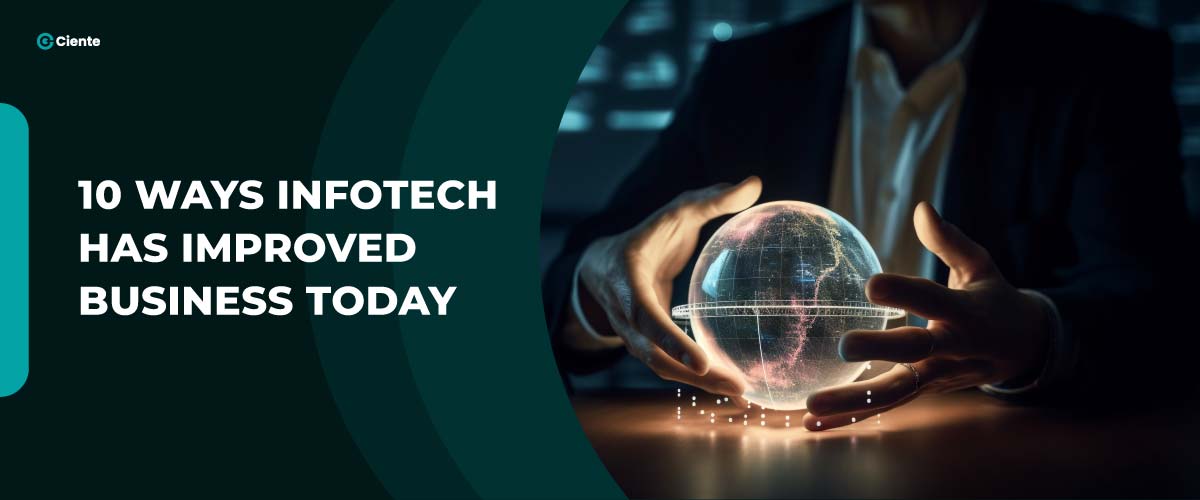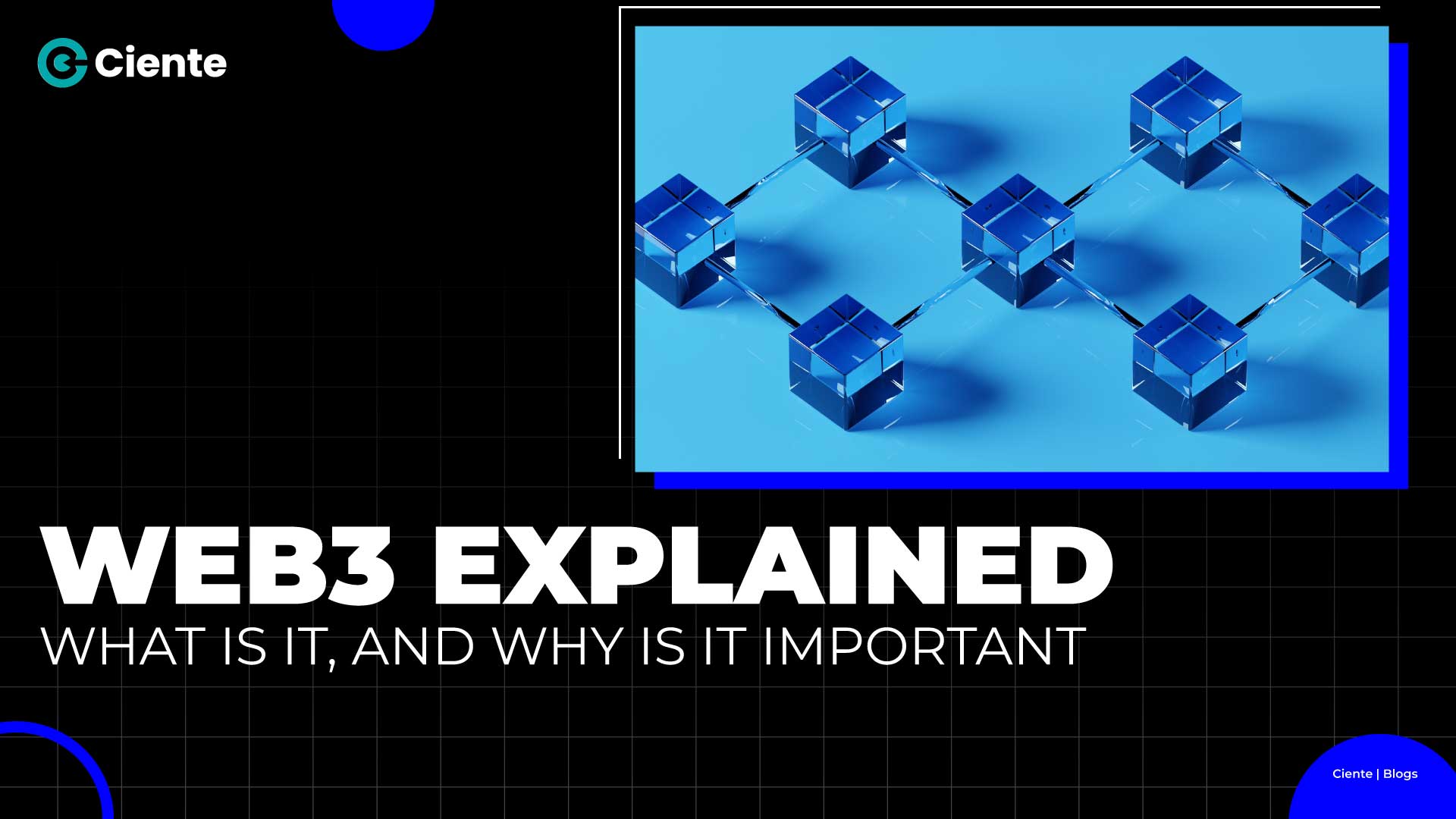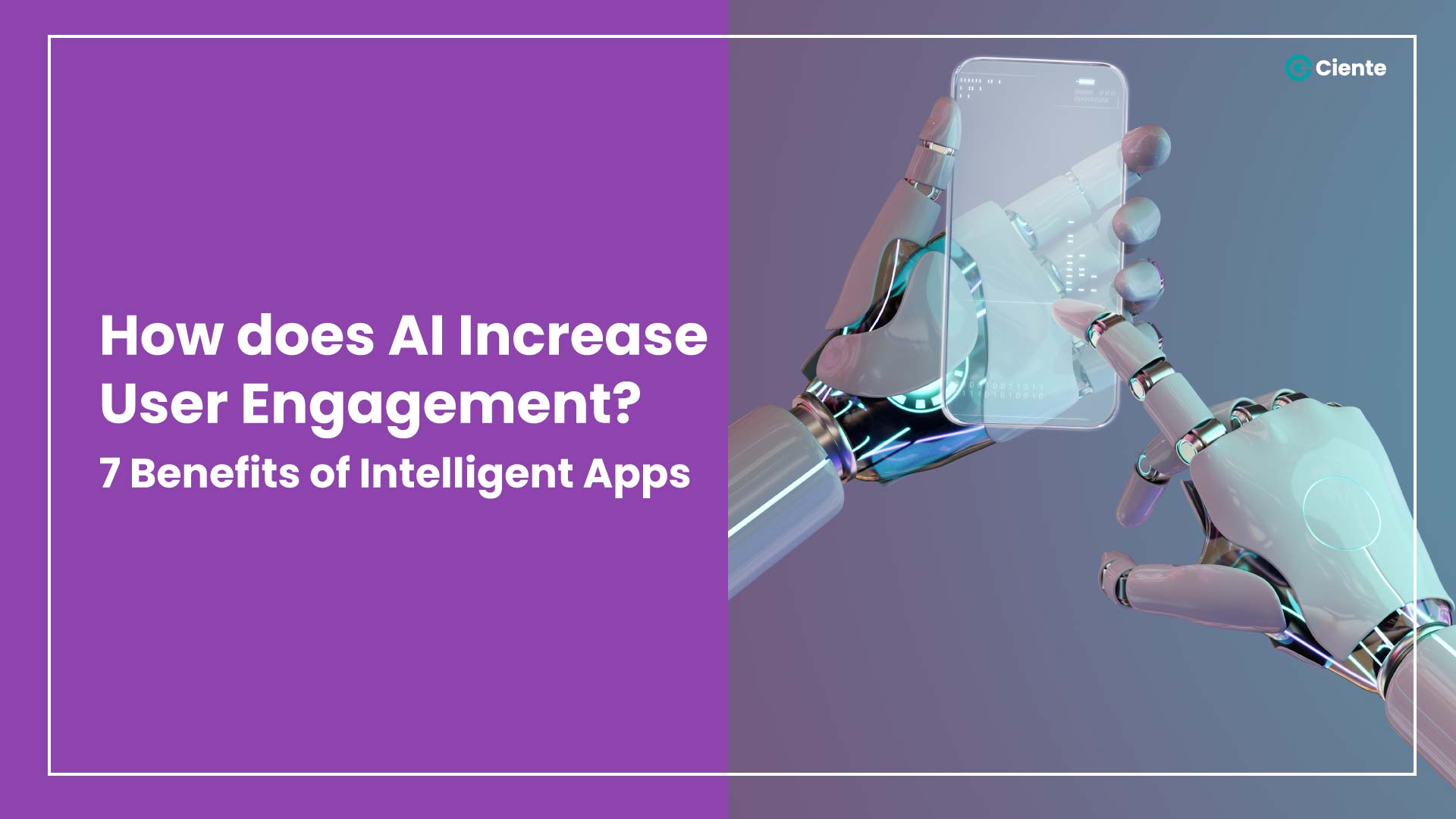
10 ways Infotech has improved business today
Infotech’s impact on business is profound. Explore 10 ways it’s

Infotech’s impact on business is profound. Explore 10 ways it’s

Web3 offers an engaging online experience with better privacy and

With the overwhelm of digital content, there has been an

We need technology to work for creativity, not against it.